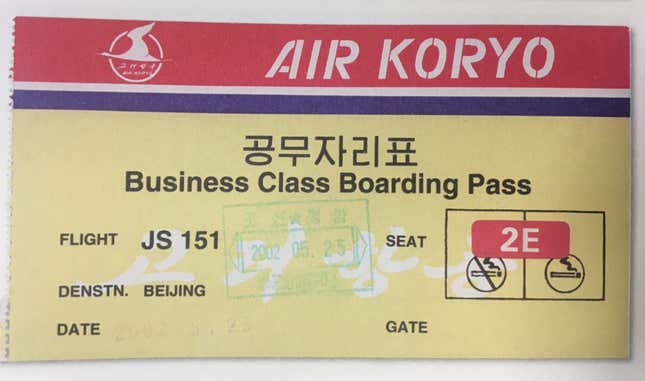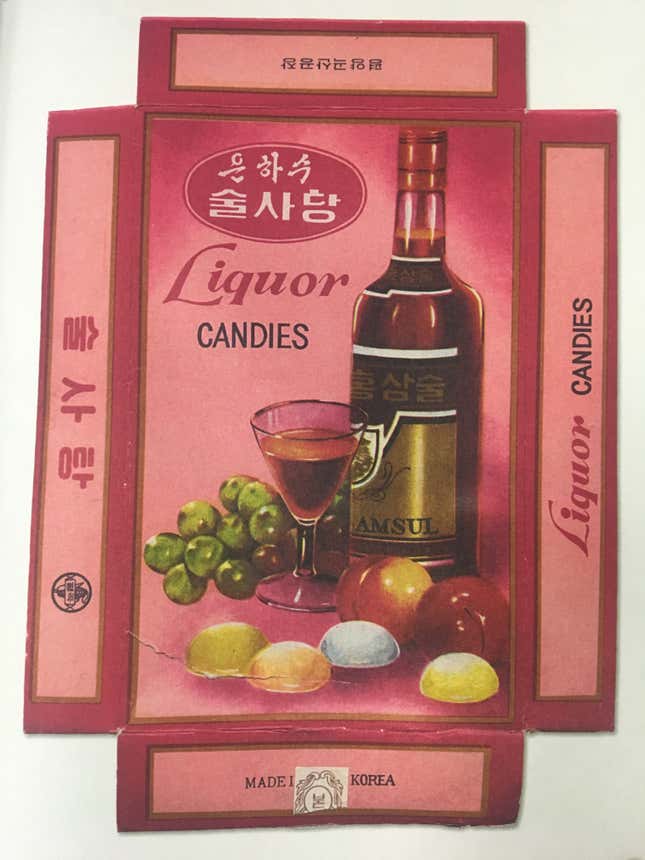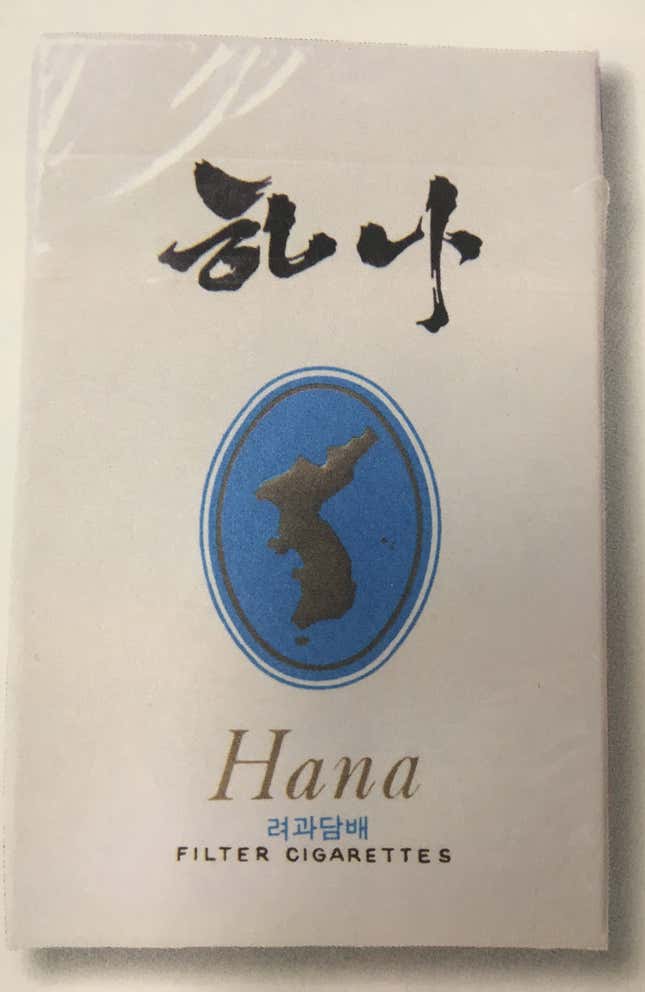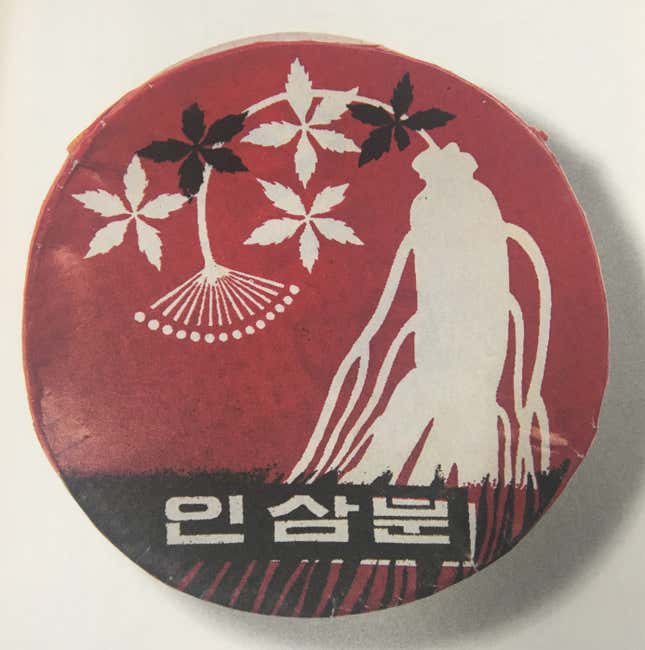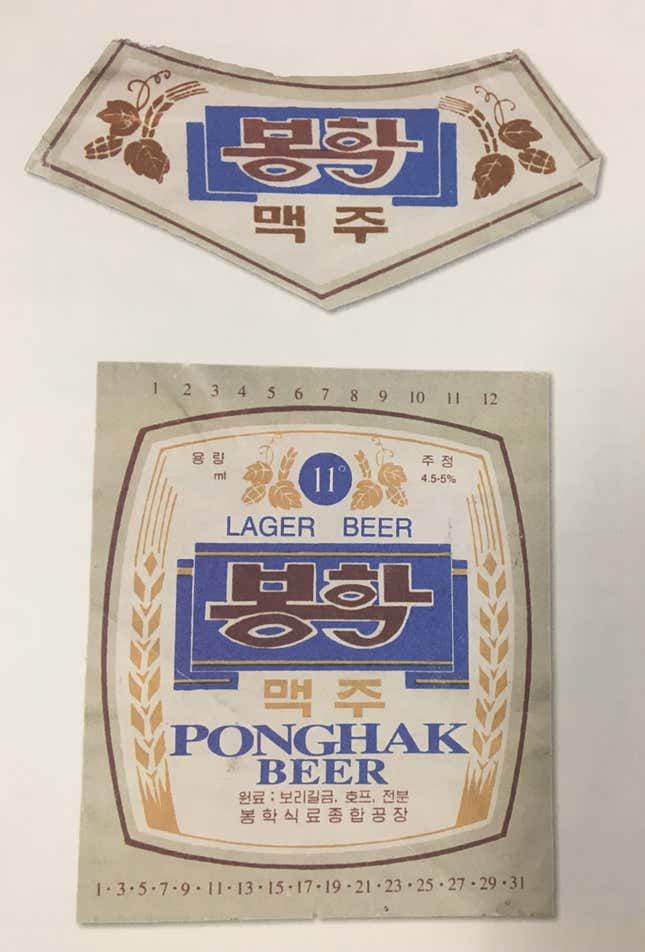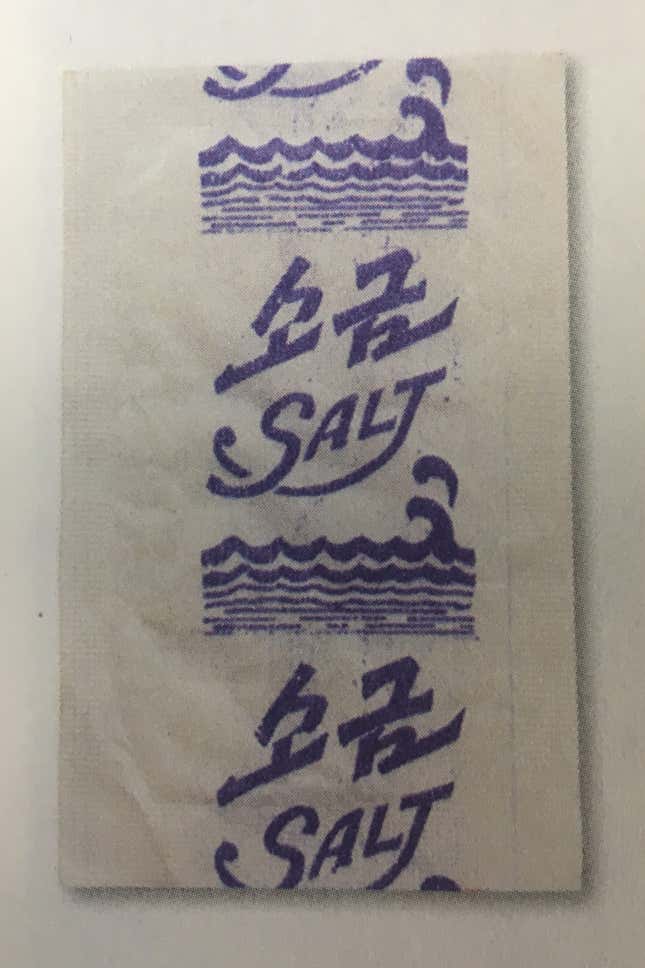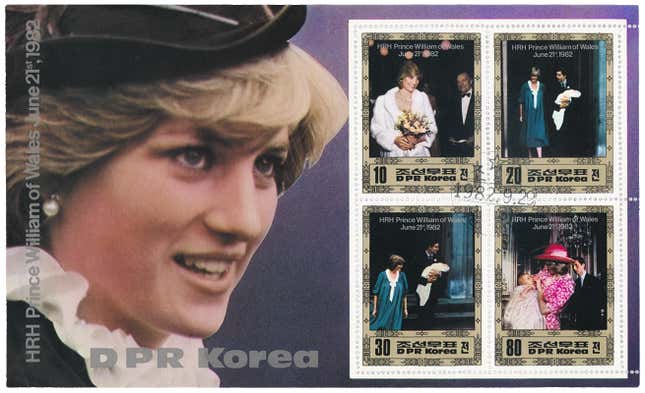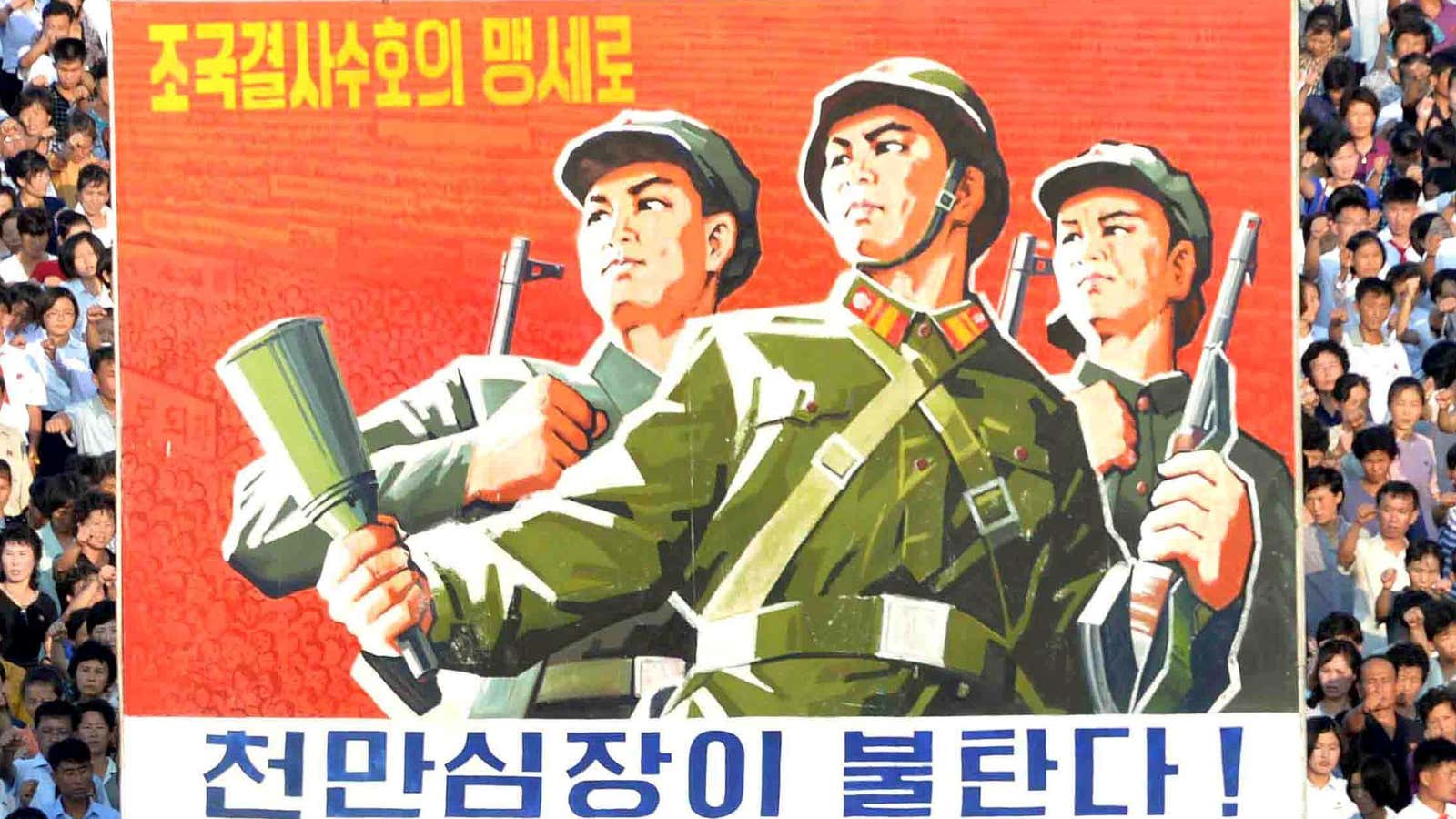There is color, there is variety, and today, there is even competition in North Korea.
Amassed over the course of almost three decades, Nicholas Bonner’s Made in North Korea: Graphics From Everyday Life in The DPRK, recently published by Phaidon, is a vast collection of ephemera from the secretive state showcasing designs on everything from cigarette boxes to tinned fish to cosmetics. Bonner, a Briton with a background in landscape architecture, moved to Beijing in 1993 and in that same year founded Koryo Tours, which to this day continues to take foreigners to North Korea (as well as other adventurous destinations).
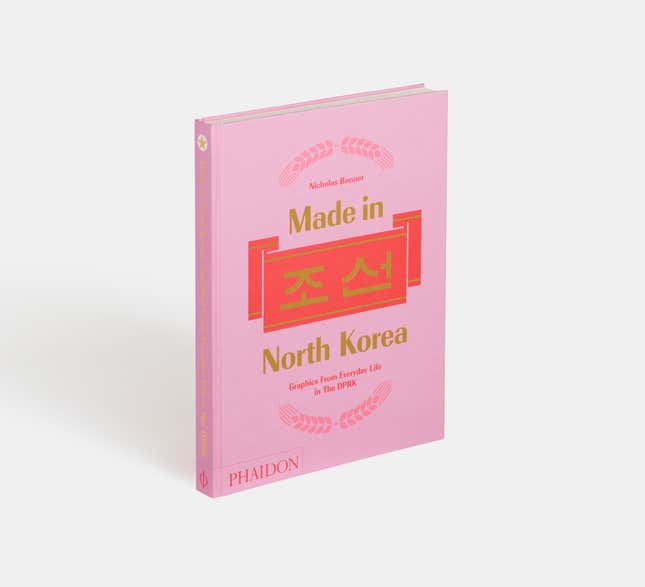
While North Korea is without a doubt the world’s most tightly controlled state, Bonner has sought, through the graphics and design of objects, to show that beauty, creativity, and individuality too proliferate there. Even a sheet of wrapping paper with a repeating motif of a Pyongyang architectural landmark, for example, should be admired for its “minimalistic simplicity creating beautifully rhythmic artwork,” he writes. The ego of the artist is not celebrated in North Korea, as paintings and other forms of art are seen as propaganda mechanisms to communicate a message, and are unsigned. Nonetheless, Bonner notes, designers of proletarian graphics, such as for water bottles, have been given awards.
Nor are North Korean graphic designers immune to the sorts of commercial pressures that exist elsewhere in the world. Bonner writes that in the mid-2000s, hand-designed graphics slowly started to give way to computer-designed images to easier serve the mass production of consumer goods in the country, whether that’s soft drinks, confectionery, or beer. Even in North Korea, “companies compete with each other, trying to make their product better than that of a rival”—indeed, recent defectors and researchers have suggested the growing presence of the market (paywall) in the country’s highly centralized economy.
It should come as no surprise that Bonner—who has also made a number of films about North Korea and helped bring Western films to the country—is a believer in engagement with North Korea rather than the kind of isolation being sought by the US and other countries today through increasingly severe sanctions. As a person committed to spotting the nuance and color in life in North Korea, Bonner, speaking recently in Hong Kong, said that he fears an increasingly “black-and-white” depiction of the country will prevail as tensions rise with Pyongyang over its nuclear program.
